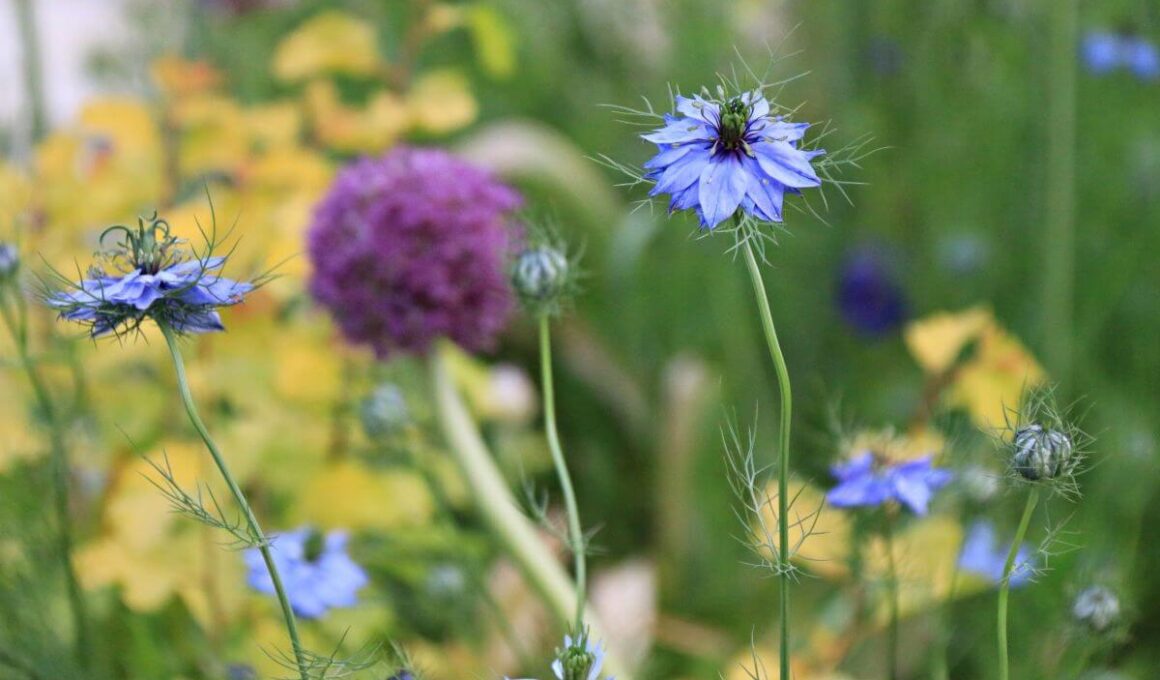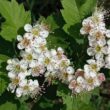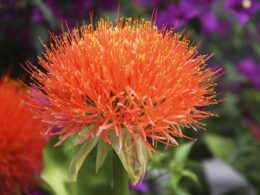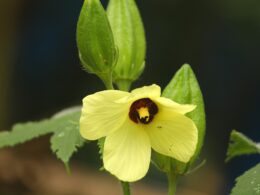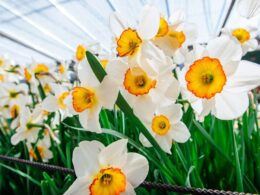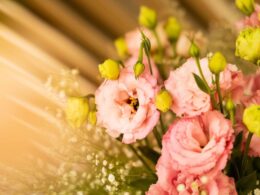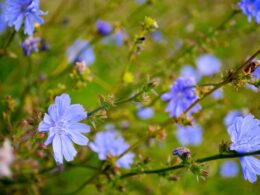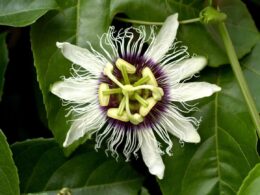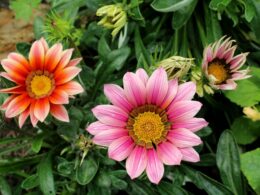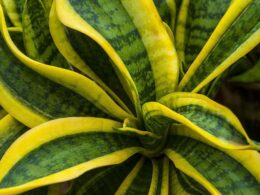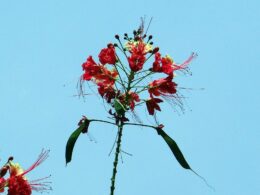Nigella Flower
Nigella flower is a member of the buttercup family (Ranunculaceae). Since Elizabethan times, the ferny foliage, spiky flowers, and bulbous seed-heads of this readily cultivated plant have been a favorite topic in English cottage gardens.
Nigella Flower Appearance
Nigella damascena is an annual plant that produces delicate, blue-green foliage and beautiful white, blue, or pink flowers. The flowers have a unique structure, with five to 25 sepals. The flowers have five petals and are arranged in a star-like shape. The nigella flower grows to be about 8 to 20 inches tall.
Nigella Flower Habitat and Distribution
The nigella flower is native to Europe and Asia, but it has been introduced to other parts of the world as well. It grows best in full sun and well-drained soil, but it can also tolerate partial shade and average soil.
Nigella Flower Blooming Season
The nigella flower is a beautiful and delicate bloom that has a relatively short blooming season. The flowers typically bloom in the spring and early summer. While the blooming season is not especially long, the nigella flower is a resilient bloomer that usually persists through light frosts and other minor weather disruptions.
Nigella Flower Care
Nigella flowers are delicate and beautiful, but they require special care if you want them to last. Here are some tips to help you get the most out of your nigella flowers.
Watering
The nigella flower, also known as love-in-a-mist, is a beautiful and easy-to-grow annual that is perfect for adding a touch of cottage garden charm to any yard. While nigella flowers are relatively drought-tolerant, they will produce more blooms if they are kept evenly moist. Nigella should be watered one or twice a week. Be sure to water at the base of the plants rather than overhead, as wet foliage can lead to fungal diseases. In hot weather, you may need to water more frequently to keep the soil from drying out.
Soil
Although it is relatively easy to grow, the nigella flower does have a few soil requirements that must be met in order for it to thrive. First and foremost, the soil must be well-drained. The plant does not tolerate soggy conditions, and the roots will rot if the soil is too wet. Secondly, the soil should be fertile and rich in organic matter. This will provide the nutrients that the plant needs to produce healthy growth. The best type of soil for this flower is acidic, alkaline, or neutral.
Temperature
The ideal temperature for growing nigella flowers is between 65 and 75 degrees Fahrenheit. However, they can also tolerate temperatures as low as 60 degrees Fahrenheit. In the United States, they can be found in USDA hardiness zones 2-11.
Light Exposure
One important aspect of its care is its light requirements. The nigella does best in full sun, but it can also tolerate partial shade. In very hot climates, some afternoon shade may be necessary to prevent the flowers from wilting. If the plants do not receive enough light, they will produce fewer flowers and the leaves may become pale.
Fertilizing
One important aspect of care for the nigella flower is proper fertilization. A general fertilizer will provide the nutrients the plant needs to thrive. However, it is important to avoid using too much fertilizer, as this can cause the leaves to become burnt. The best time to fertilize the nigella is in early spring, before the plant begins to bloom.
Nigella Flowers Propagation by Seed
Nigella flower propagation by dried seed is a process that can be done relatively easily. The dried seeds of the nigella plant are small and black. They can be collected from the plant once the flowers have faded and the seed pods have formed. To propagate nigella flowers by dried seed, start by filling a small pot with a well-draining potting mix. Then, scatter a few seeds on the surface of the soil and lightly press them into the mix.
Be sure to keep the soil moist but not wet, and provide plenty of indirect light. Within a few weeks, the seeds should germinate, and new seedlings will begin to emerge. Once they have reached a few inches in height, they can be transplanted into individual pots or into a garden bed.
Nigella Flower: Common Pests
Two of the most common problems are whiteflies and thrips. Whiteflies are small, winged insects that suck the sap from plants. This can cause leaves to turn yellow and eventually drop off. Thrips are tiny, straw-colored insects that feed on plant tissue. This can cause stunted growth, distorted leaves, and reduced flower production.
Both whiteflies and thrips can be controlled with regular applications of insecticide. However, it is important to follow label directions carefully to avoid damaging the plant. With proper care, nigella flowers can be enjoyed for many years to come.





